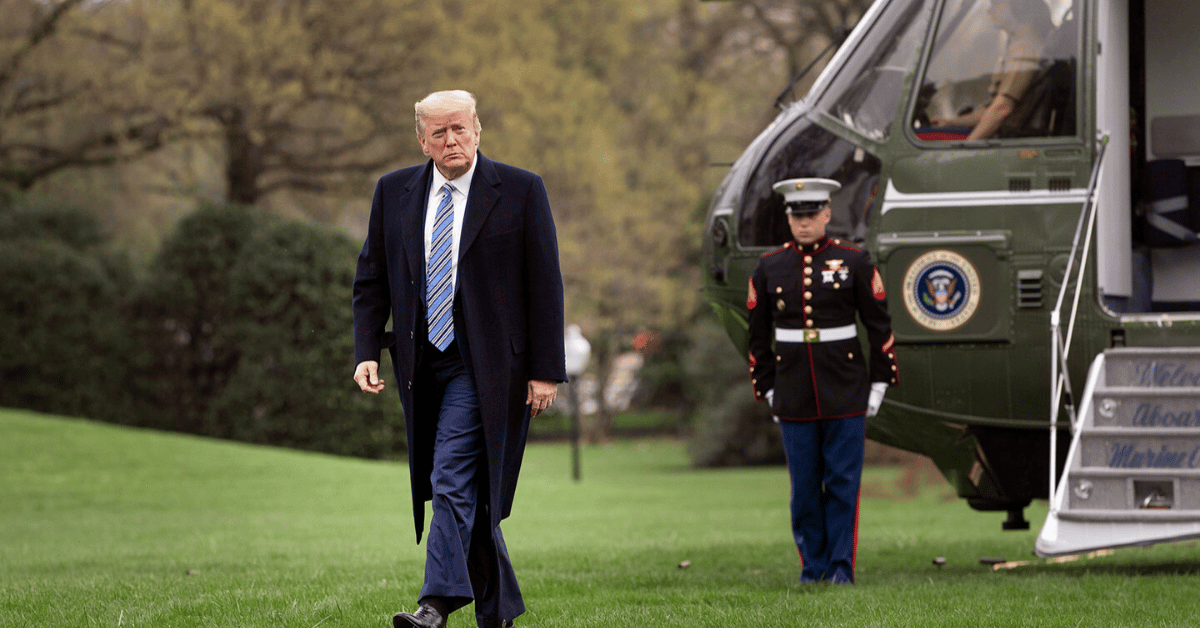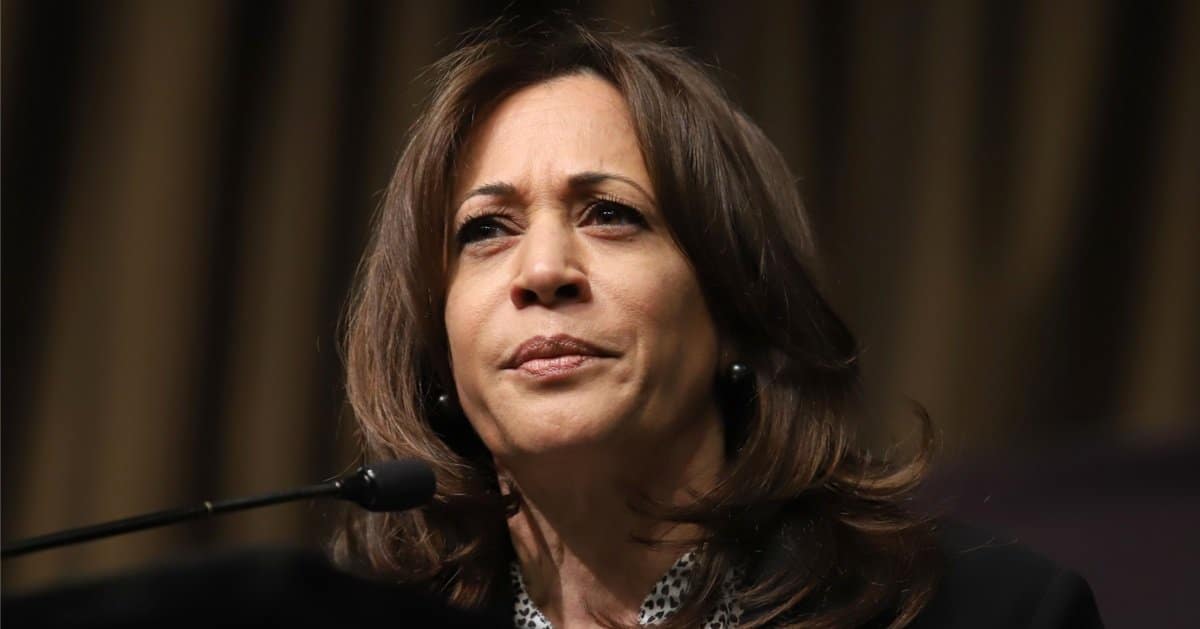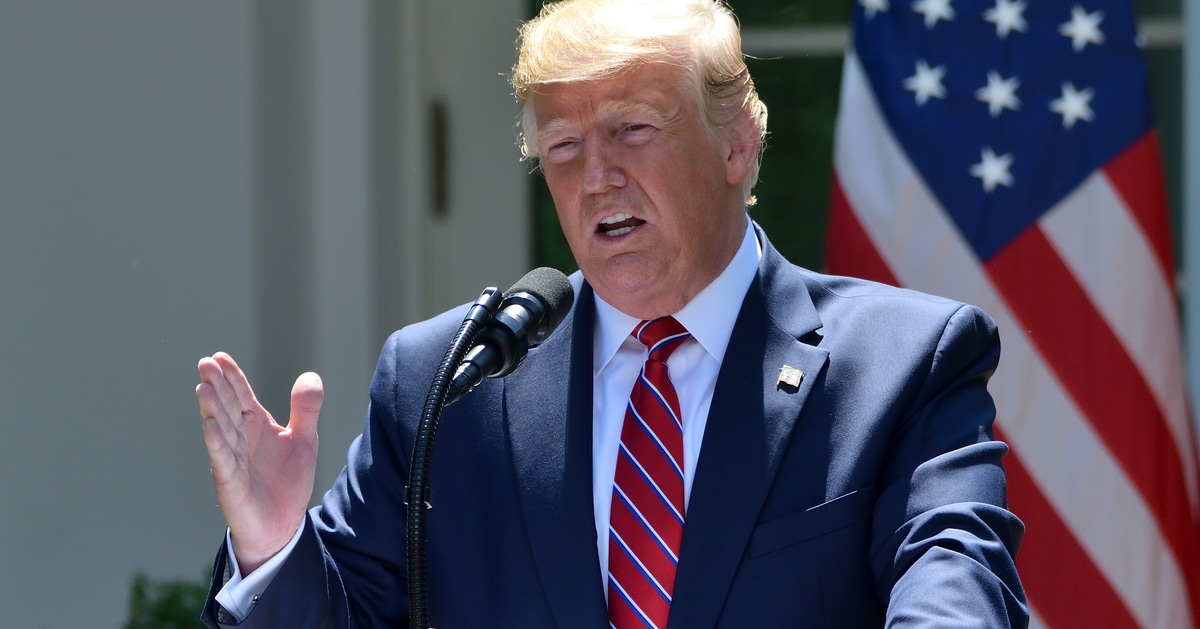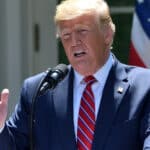




President Trump just threw China a trade lifeline. On Monday, he signed an executive order pushing back tariffs on Chinese imports for another 90 days, keeping the trade war on ice until mid-November.
Breitbart reported that Trump’s decision extends a tariff reprieve that was set to expire, following productive talks in Stockholm last July.
The order prevents duties from spiking back to their April peak, when the U.S. slapped 145% tariffs on Chinese goods. China, not to be outdone, had countered with 125% tariffs on American products.
The tariff war’s been a rollercoaster, but this pause signals cautious optimism. Trump’s playing chess, not checkers, keeping the pressure on China while giving negotiators room to maneuver. It’s a pragmatic move that avoids knee-jerk economic pain for American consumers.
June’s phone call between Trump and Xi Jinping set the stage for this extension. Trump’s team argues it’s a chance to lock in better terms without escalating tensions. The Stockholm talks showed both sides are at least willing to sit at the table.
Trump told reporters Monday, “We’ll see what happens.” That’s classic Trump—keeping everyone guessing while signaling confidence in his deal-making. But let’s not kid ourselves; this is a temporary truce, not a victory lap.
Chinese Foreign Ministry’s Lin Jian urged the U.S. to “work with China” post-phone call. Sounds like diplomatic fluff, but it’s a reminder that Beijing’s feeling the heat too. Neither side wants a full-blown trade war derailing their economies.
Trump’s not just playing defense. On Sunday, he took to Truth Social, demanding China “quickly quadruple” its American soybean orders. It’s a bold ask, aimed at shrinking China’s trade surplus while boosting U.S. farmers—a key MAGA base.
He wrote, “This is also a way of substantially reducing China’s Trade Deficit with the USA.” Classic Trump bravado, but it’s a savvy pitch to rural voters who’ve felt the tariff squeeze. Soybeans are a bargaining chip, and he’s not afraid to use them.
Meanwhile, the administration struck a deal with chipmakers Nvidia and AMD. They’ll fork over 15% of their China chip sale revenues to Uncle Sam. It’s a smart play—leveraging tech giants to fund America’s trade strategy without raising consumer prices.
This 90-day delay buys time, but don’t mistake it for weakness. Trump’s keeping China on its toes, avoiding the progressive trap of endless concessions without results. The tariff pause is a calculated risk to keep markets stable while negotiations grind on.
Critics might call it kicking the can down the road. But conservatives see it as Trump threading the needle—balancing economic pressure with diplomatic finesse. The woke crowd would rather see unchecked globalism, but that’s not Trump’s game.
The Stockholm talks didn’t yield a grand bargain, but they kept the door open. Both sides know the clock’s ticking until mid-November. If China doesn’t step up, Trump’s made it clear he’s ready to turn the screws.
Trump’s relationship with Xi, by his own account, is “very good.” That personal rapport might just be the glue holding this fragile truce together. But don’t expect miracles—China’s not about to roll over.
Lin Jian’s call for “consensus” sounds nice, but it’s diplomatic code for “we’re not budging much.” Trump’s team will need to push hard to turn soybean dreams and chip deals into real wins. The MAGA base is watching, and they want results, not rhetoric.
Until mid-November, expect more posturing from both sides. Trump’s tariff pause is a high-stakes bet that he can outsmart Beijing without crashing the economy. If he pulls it off, it’s another feather in his cap for putting America first.



